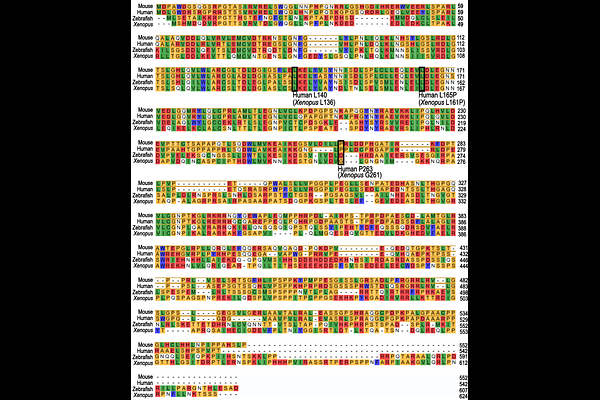Physical and functional interaction of Lrrc56 and Odad3 controls deployment of axonemal dyneins in vertebrate multiciliated cells

Physical and functional interaction of Lrrc56 and Odad3 controls deployment of axonemal dyneins in vertebrate multiciliated cells
Reyes-Nava, N. G.; Lee, C.; Papoulas, O.; Hong, J.; Marcotte, E. M.; Wallingford, J. B.
AbstractPrimary ciliary dyskinesia is a genetically heterogeneous motile ciliopathy characterized chronic respiratory disease, laterality defects, hydrocephalus, and infertility, caused by impaired function of motile cilia. LRRC56 has recently emerged as a novel PCD candidate gene, but its role in vertebrate cilia remains poorly understood. Here, we used Xenopus laevis multiciliated cells, targeted knockdown, and in vivo imaging to investigate Lrrc56 function. We show that loss of lrrc56 causes specific depletion of outer dynein arms (ODAs) from the distal axoneme. In vivo affinity purification mass spectrometry revealed that Lrrc56 binds the ODA docking complex components, including Odad3. Consistently, Lrrc56 knockdown also led to distal loss of Odad3. Moreover, we show that disease-associated variants in LRRC56 and ODAD3 disrupted their localization and interaction, pointing to a shared functional pathway. Our work demonstrates that Lrrc56 is a critical regulator of distal ODAs and ODA docking complex deployment and provides new mechanistic insight into how LRRC56 mutations contribute to PCD.